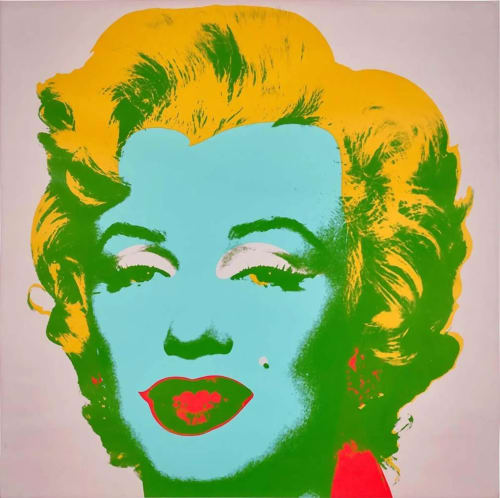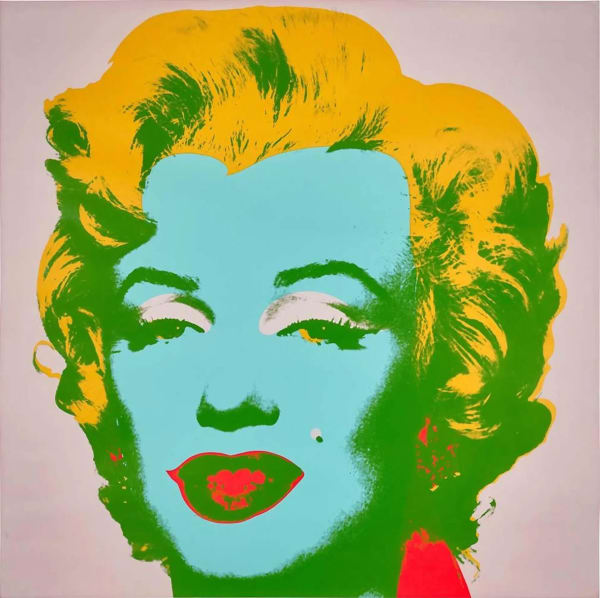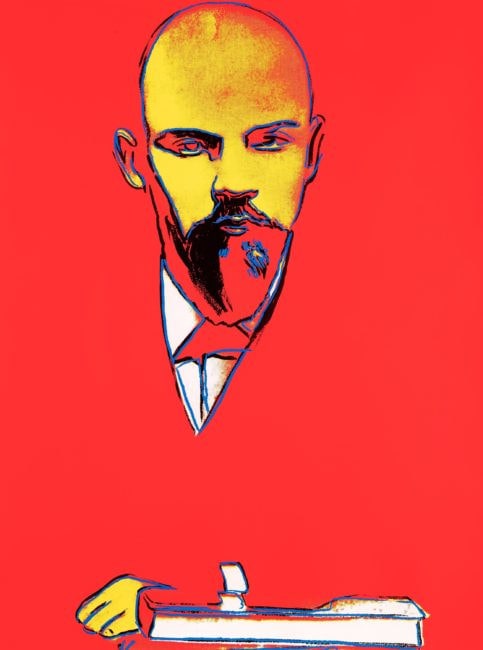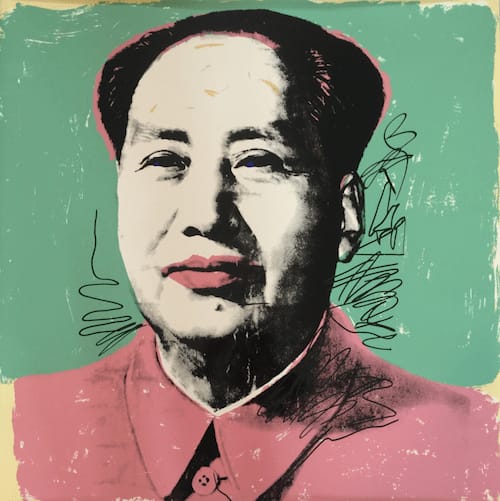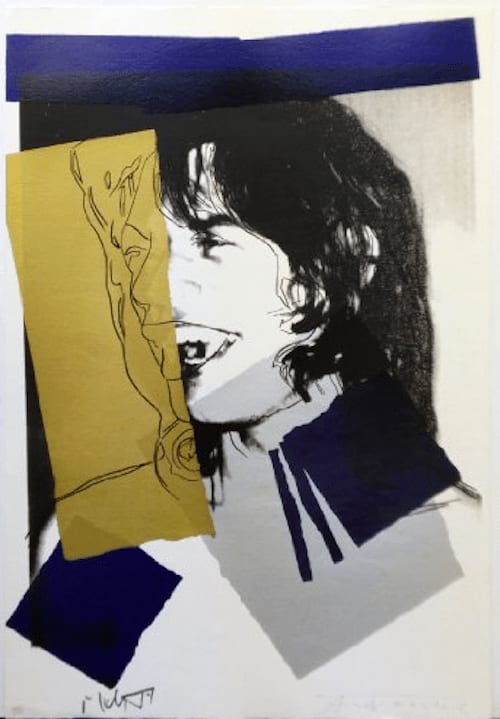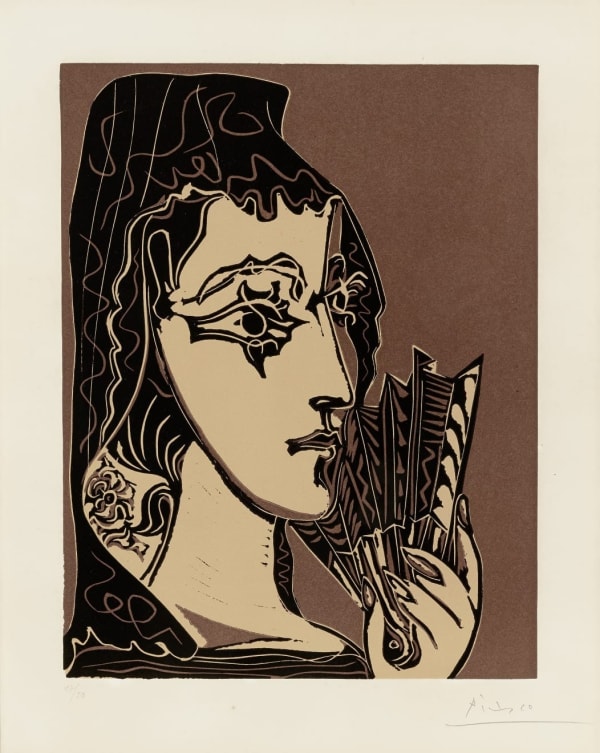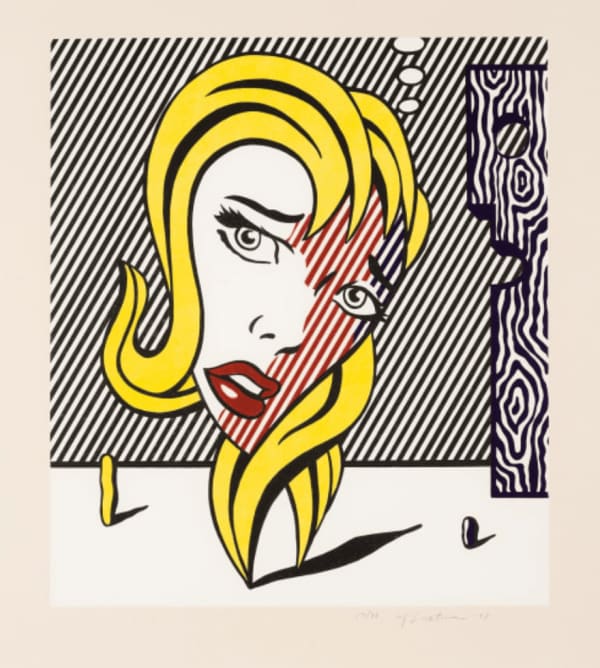Portraiture has always held an exceptional place in collecting, but in the 20th century it emerged as one of the most powerful and enduring asset classes in modern and contemporary art. For sophisticated collectors — those building culturally authoritative, high-value collections — portraits by Pablo Picasso, Andy Warhol, and Roy Lichtenstein provide the strongest foundation for long-term value, museum-level coherence, and global recognition.
Though their styles diverge dramatically, these artists created some of the most memorable female icons of the century: Picasso’s Jacqueline and wider female portraits, Warhol’s Marilyn and Lichtenstein’s Reverie heroine. These figures are not simply subjects; they are cultural currencies — instantly recognisable, endlessly reproduced, and firmly embedded in the collective imagination. As a result, works drawn from these portrait series offer collectors both aesthetic depth and robust investment profiles.
Picasso’s Jacqueline: A Late-Masterwork Category With Proven Stability
Pablo Picasso’s late portraiture, centred on his wife and muse Jacqueline Roque, is one of the most sought-after categories for collectors focused on both cultural significance and long-term market solidity. Jacqueline dominates Picasso’s final decades and serves as the primary muse for a body of work that museums and scholars increasingly view as the culmination of his portrait practice.
Picasso reinvented portraiture throughout his career, using it as a site of constant innovation. But in the Jacqueline works — from the elegant profile lithographs to the more sculptural, expressive canvases — Picasso distilled decades of experimentation into a mature and confident visual language. Her elongated features, dramatic lines, and bold, simplified forms offer collectors a definitive example of late modernism.
Why collectors prioritise Jacqueline works
-
Institutional validation: Major museums build Picasso exhibitions around Jacqueline, reinforcing their historical and academic weight.
-
Market performance: Late Picasso remains one of the most stable segments at auction, with consistent demand across continents.
-
Recognisable authorship: Jacqueline portraits are immediately identifiable and carry strong provenance.
-
Balanced supply and rarity: Enough examples exist to sustain market interest, but top-tier works are increasingly held long-term by private collectors.
Within a high-value collection, a Jacqueline portrait serves as a stabilising anchor — a work that marries prestige, liquidity, and long-term appreciation.
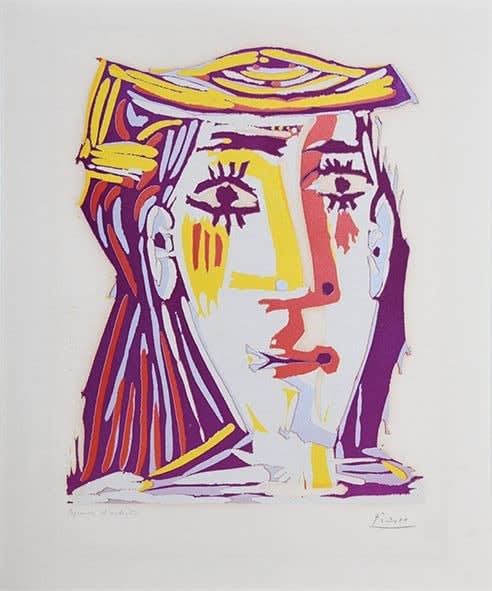
Warhol’s Female Icons
Where Picasso rethought the portrait through form and emotion, Andy Warhol redefined it through celebrity, media, and repetition. Warhol’s portraits are the backbone of many major postwar collections because they offer a rare combination of cultural universality and financial resilience.
Marilyn: The Definitive Warhol Asset
Warhol’s Marilyn is the single most iconic image in Pop Art and one of the most recognisable faces in 20th-century culture. Created after Monroe’s death, the Marilyn series transforms a Hollywood publicity still into a reflection on fame, beauty, and mass reproduction.
For collectors, Marilyn offers:
-
Unmatched cultural visibility
-
A long track record of strong auction performance
-
High liquidity across global markets
-
A central place in Warhol’s practice
A Marilyn is not simply a portrait — it is the flagship asset of a blue-chip contemporary collection.

Lichtenstein’s Women: The Architecture of Pop Emotion
If Warhol’s portraits investigate celebrity, Roy Lichtenstein’s define emotion itself — stylised, codified, and delivered through the visual language of mass media. His female portraits represent some of the most recognisable images of American Pop and form an essential segment for collectors focused on conceptual clarity and strong provenance.
Reverie: A Category Leader
Reverie (1965) distils Lichtenstein’s practice to its essentials: bold lines, halftone dots, heightened expressions, and a sense of emotional immediacy borrowed from romance comics. The work’s graphic architecture makes it both visually striking and deeply emblematic of mid-century culture.
Collectors value Reverie and related portraits for:
-
Their iconic status within Lichtenstein’s oeuvre
-
High institutional demand
-
Strong auction history
-
Their ability to complement Warhol within a collection narrative
The Lichtenstein Archetype
Works such as Crying Girl and Blonde Waiting further strengthen the category. These portraits offer:
-
Radiant clarity
-
Cultural permanence
-
A conceptual bridge between historical portraiture and modern media
In any serious collection, a Lichtenstein female portrait brings structure, colour, and intellectual coherence.

Why Portraits Anchor Major Collections
Across Picasso, Warhol, and Lichtenstein, portraits consistently outperform other categories because they offer:
-
High recognisability and cross-cultural appeal
-
Institutional alignment and exhibition relevance
-
Consistent market demand and strong liquidity
-
Narrative cohesion within a collection
-
Emotional and psychological immediacy
Portraits are the works collectors return to repeatedly because they embody an artist’s core ideas and present them in their most accessible, compelling form.
The Face as Investment and Cultural Statement
Portraits by Picasso, Warhol, and Lichtenstein are more than artworks — they are strategic assets that shape the identity and strength of major collections. Jacqueline’s sculptural poise, Marilyn’s iconic glamour, Liz’s commanding presence, Grace Kelly’s refined elegance, Mickey Mouse’s mythic universality, and Lichtenstein’s stylised heroines collectively define the visual language of the 20th century.
For high-value collectors, these works offer the ideal balance of cultural credibility, aesthetic impact, and long-term financial resilience. They remain, unquestionably, the most powerful and enduring cornerstone of serious modern and contemporary art collections.
